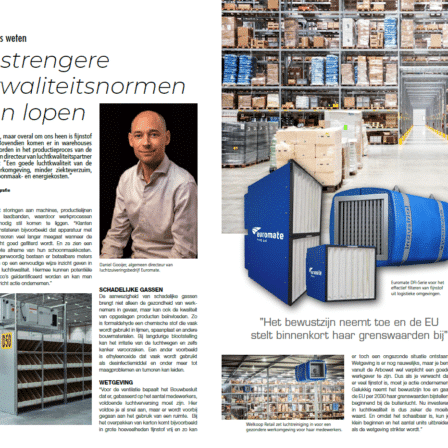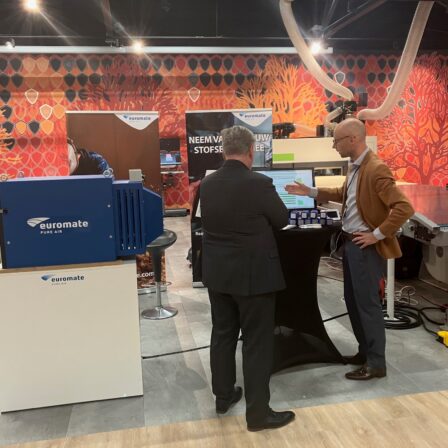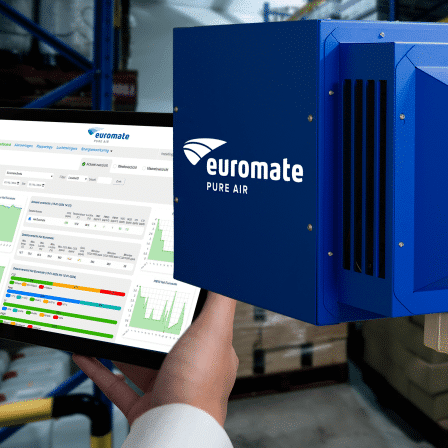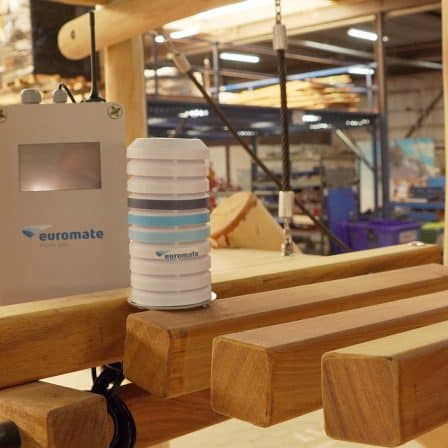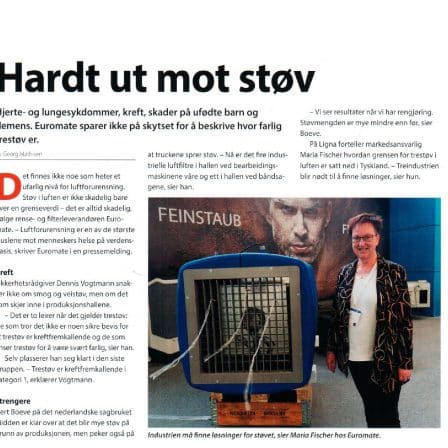More about EtO and air quality
Ethylene oxide in warehouses: an invisible but urgent health risk
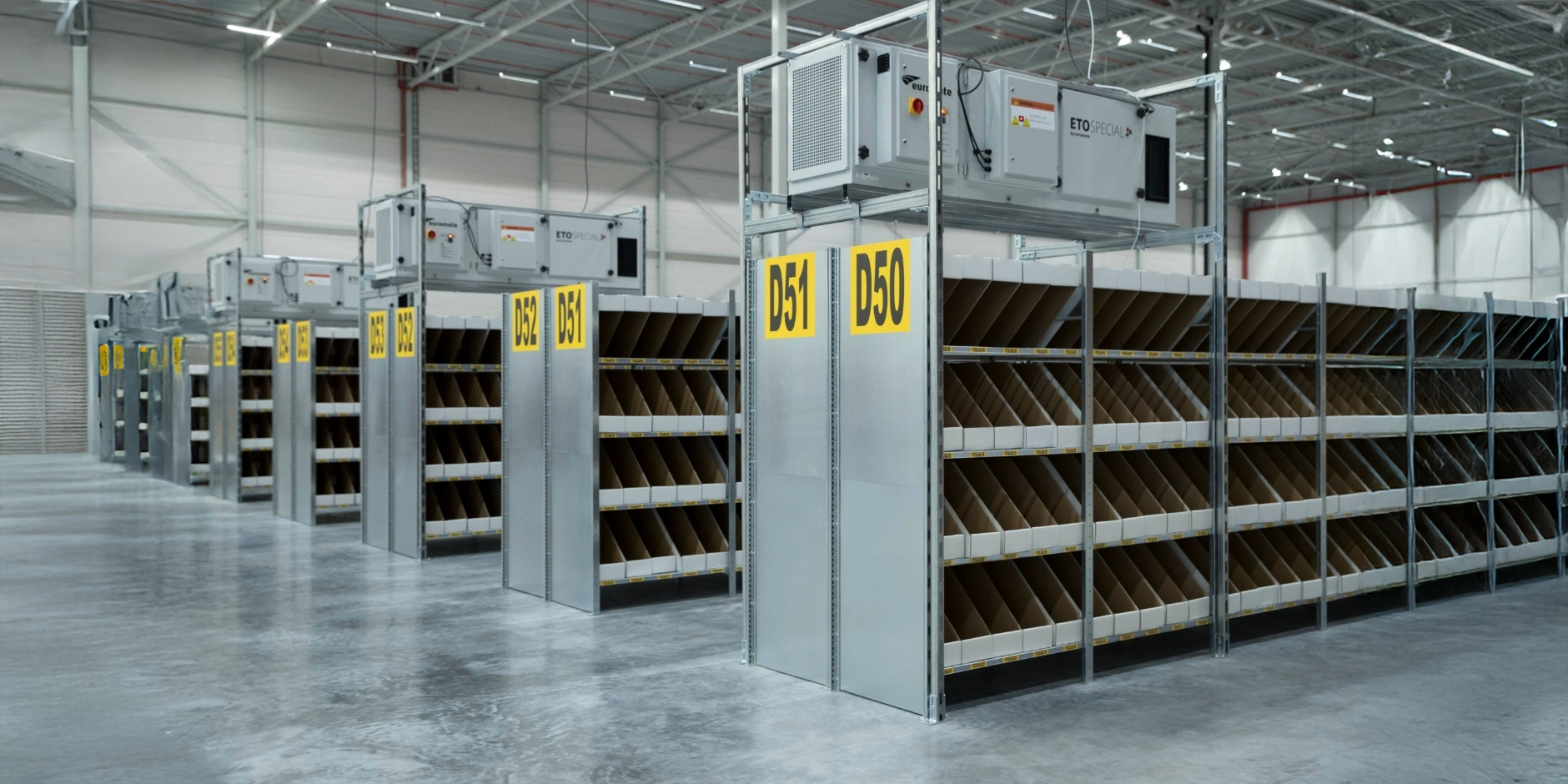
Ethylene oxide (EtO) is a harmful gas that many logistics companies deal with, yet warehouse managers are often unaware of the risks. Daniel Gooijer, Managing Director at Euromate, shares his insights in collaboration with Dr. Erik van Deurssen, occupational hygienist at RPS Services UK & Netherlands. As an independent expert, he specializes in employee health and the prevention of work-related respiratory disorders.
EtO is widely used for sterilising medical products. During storage, the gas can be released for months from cardboard packaging and under plastic wrapping. This occurs gradually, and because the gas is invisible and has a high odour threshold, concentrations can build up in warehouses unnoticed.
Health hazards
EtO is officially classified as a CMR substance: Carcinogenic, Mutagenic and Reprotoxic. This means that prolonged exposure can lead to serious health risks such as lung and blood cancers, reduced fertility, neurological issues, and respiratory damage. Acute exposure may result in breathing difficulties, eye and skin irritation, and dizziness. Due to the severity of these effects, there is no safe exposure threshold.
Legal framework and employer responsibilities
Employers are responsible for maintaining a safe work environment and have a legal duty of care toward their employees. In the Netherlands, the standard used to assess exposure to hazardous substances is NEN-EN 689.
The legal limit for EtO in the Netherlands is 0.46 parts per million (ppm), or 0.84 mg/m³ as a time-weighted average over 8 hours (TWA-8h). However, Dr. Erik van Deurssen stresses that, under the minimisation obligation, employers must actively reduce exposure to CMR substances like EtO even when below the legal limit. “There is no safe lower limit,” he explains. “That means employers must always take action.”

He continues: “The handling of CMR substances must be included in the company’s Risk Inventory and Evaluation (RI&E). Additional documentation requirements also apply, such as recording exposure in employee personnel files.”
Workplace safety measures
The legally required control measures follow the occupational hygiene strategy known as the STOP principle:
- Substitution – eliminate the source where possible.
- Technical measures – such as ventilation and air filtration.
- Organisational measures – like task rotation.
- Personal protective equipment (PPE) – when higher risks remain.
Tools to assess exposure and support successful implementation of control measures include air quality monitoring, employee training, and emergency response procedures.
Importance of indoor air quality
Ventilation and filtration are essential methods for reducing EtO levels. Adequate fresh air intake helps prevent the formation of hotspots. However, exhaust ventilation and air recirculation are subject to strict regulations. Air filtration offers an attractive alternative, especially when ventilation alone proves insufficient.
Awareness and action
Companies dealing with EtO must take the risks seriously. Exceeding legal exposure limits can lead to warehouse shutdowns, reputational damage, and legal claims. Immediate action is essential—even when measured concentrations appear low.
In collaboration with a network of independent experts such as RPS, Euromate supports businesses step by step in creating a safer workplace: 
- Quick scan
- Detailed measurements
- RI&E evaluation and defining ambition levels
- Detailed design & implementation
Contact us today to learn how we can help you mitigate exposure risks in your warehouse environment.

